Analysis of The Visionary - A Poem by the Brontes
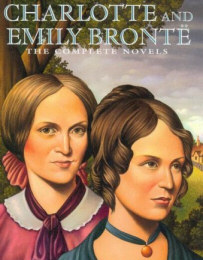 Overview Overview
The Visionary, written by both Charlotte and Emily Bronte, is an
enigmatic poem in which we, as the readers, note a sense of expectancy and
desire. The voice is watching; vigilant, eagerly anticipating the arrival of
something or someone - whose identity is left ambiguous to the readers. The
rigid structure and regular rhyme scheme contain an exploration into imagination
and passion, providing an interesting contrast between the unconstrained freedom
of the mind and the strict structure of the poem.
Setting
The world of Bronte’s poem, it seems, is one of the inhospitable and
the eerie. The poem’s opening lines reveal a sort of hostile environment and
absolute isolation: “Silent is the House - all are laid asleep” - one can almost
imagine the voice speaking these lines in hushed tones, adding to the sense of
mystery and solitariness that is evident in the poem. The voice “alone”, dreads
“every breeze / That whirls the wildering drifts and bends the groaning trees”.
The hostility and sheer violence of the environment is conveyed in the
alliteration in these lines. The repetition of the “w” sound is hard for the
mouth to say, reflecting a sort of turbulence in nature, and is almost
onomatopoeic of the fierce sound of the wind. This alliteration is similarly
used in the phrase in the third stanza: “waste of winter snow”.
Emily Bronte
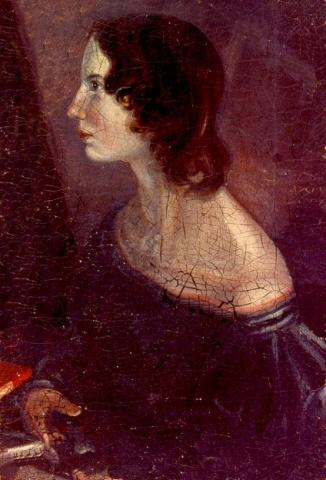
Charlotte Bronte
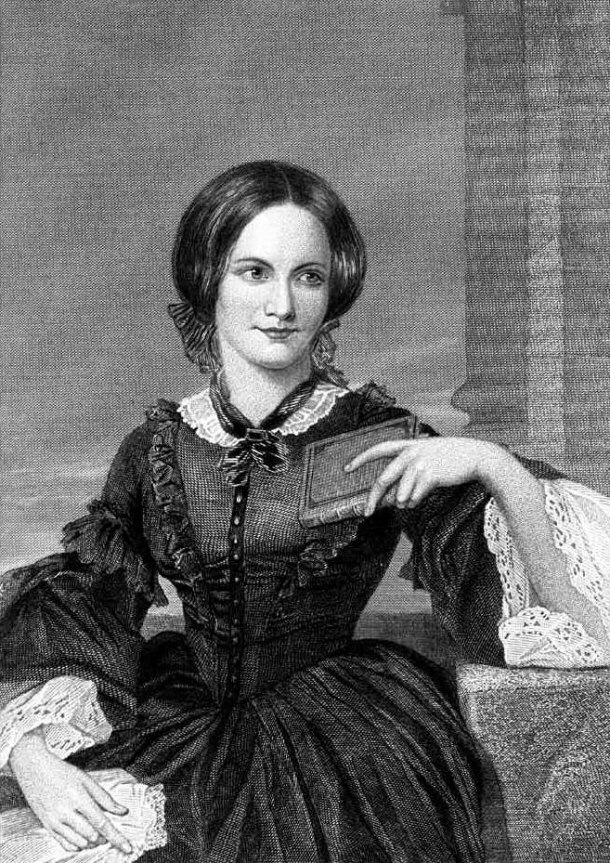
The long vowel
sounds here reflect a sort of vast, inhospitable wasteland. Further, numerous
references to the supernatural - “visitant”, “angel”, “Strange Power!” - add an
eerie tone to the poem and invite the reader to consider how literally Bronte
intended these words to be taken.
Characters
Although we get a sense throughout the poem of the voice’s
physical separation from society, it is evident that she does not feel isolated.
Instead, we feel from the voice, a sense of expectancy and passion, an excited
anticipation for the arrival of “he for whom [she] wait[s]”. She seems to reject
society, in the third stanza, showing a sort of fierce independence and pride in
her secret. “Frown, my haughty sire; chide, my angry dame; / Set your slaves to
spy on me, threaten me with shame”: here, the voice seems impervious to, or even
welcoming of the threats and disapproval of society, relishing in her secret. A
sort of vitality and spiritual potency is shown in the penultimate stanza -
“safe in secret power from lurking human snare”.
The Bronte Sisters, by Patrick Branwell Bronte
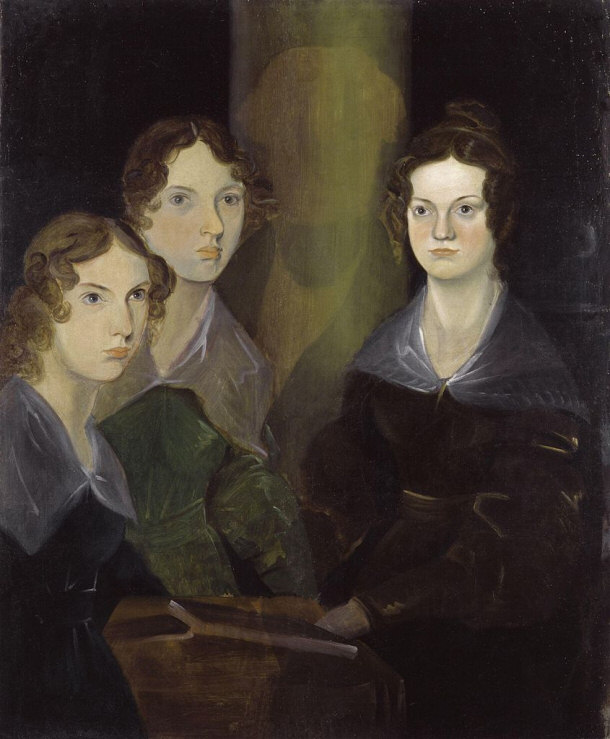
The sibilance here conjures up
a whispering, reverent yet passionate tone in which we can imagine the voice
narrating. In addition, the vowel sounds in the first half of the line seem
lighter and somewhat mystical, whilst the vowels in the second half of the line
create a cacophonous, almost sinister tone, perhaps revealing the voice’s view
of society versus the supernatural.
The poem’s sense of secrecy focuses around the voice and the unknown identity
of the “angel” she is waiting for. It seems that the voice is not speaking to
the readers, but we are in fact being privileged to hear her private thoughts,
although she will not reveal all of them to us. She speaks of what she is
waiting for in a sort of sensual way - “what I love shall come” - and yet the
numerous references to the unearthly leave readers perplexed. Perhaps, he is a
lover , or an angel with “rustling wing” or perhaps it is the muse, the
inspiration to write that she is waiting for. We are left speculating, the
mystery remaining imprinted in our minds long after the poem is finished -
perhaps, this is what makes the poem so potent and haunting.
Structure and Form
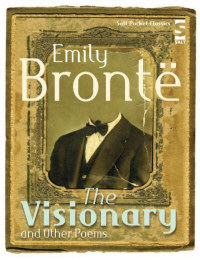 The imagination and mystery of the poem and the wild,
violent and hostile landscape in which it is set are confined in the rigid
structure of Bronte’s composition. The regular rhyme scheme and the even,
4-lined stanzas can be juxtaposed to the freedom and passion of the voice.
However, the rigidity of the structure is slightly broken on the final line of
each stanza, which is slightly longer than the others. Further, Bronte makes use
of caesura and enjambement to break out of the strictness of the poem’s
structure. The rhythm, which is almost iambic, but with slight irregularities,
is also refusing to conform to the precise structure and form of the poem and is
perhaps reflective of the voice’s refusal to conform to society or to give away
her secret. Thus, Bronte uses voice, setting and rhetorical devices to explore
meaning and create a passionate and enigmatic poem that is confined in and
contrasted to its rigid structure and form. ost iambic, but with slight
irregularities, is also refusing to conform to the precise structure and form of
the poem and is perhaps reflective of the voice’s refusal to conform to society
or to give away her secret. Thus, Bronte uses voice, setting and rhetorical
devices to explore meaning and create a passionate and enigmatic poem that is
confined in and contrasted to its rigid structure and form. The imagination and mystery of the poem and the wild,
violent and hostile landscape in which it is set are confined in the rigid
structure of Bronte’s composition. The regular rhyme scheme and the even,
4-lined stanzas can be juxtaposed to the freedom and passion of the voice.
However, the rigidity of the structure is slightly broken on the final line of
each stanza, which is slightly longer than the others. Further, Bronte makes use
of caesura and enjambement to break out of the strictness of the poem’s
structure. The rhythm, which is almost iambic, but with slight irregularities,
is also refusing to conform to the precise structure and form of the poem and is
perhaps reflective of the voice’s refusal to conform to society or to give away
her secret. Thus, Bronte uses voice, setting and rhetorical devices to explore
meaning and create a passionate and enigmatic poem that is confined in and
contrasted to its rigid structure and form. ost iambic, but with slight
irregularities, is also refusing to conform to the precise structure and form of
the poem and is perhaps reflective of the voice’s refusal to conform to society
or to give away her secret. Thus, Bronte uses voice, setting and rhetorical
devices to explore meaning and create a passionate and enigmatic poem that is
confined in and contrasted to its rigid structure and form.
Books
Analysis of The Visionary - A Poem by the Brontes
What is “Our Perfect Circles” All About?
Storytelling in Ireland as Seen in "Reading in the Dark" |